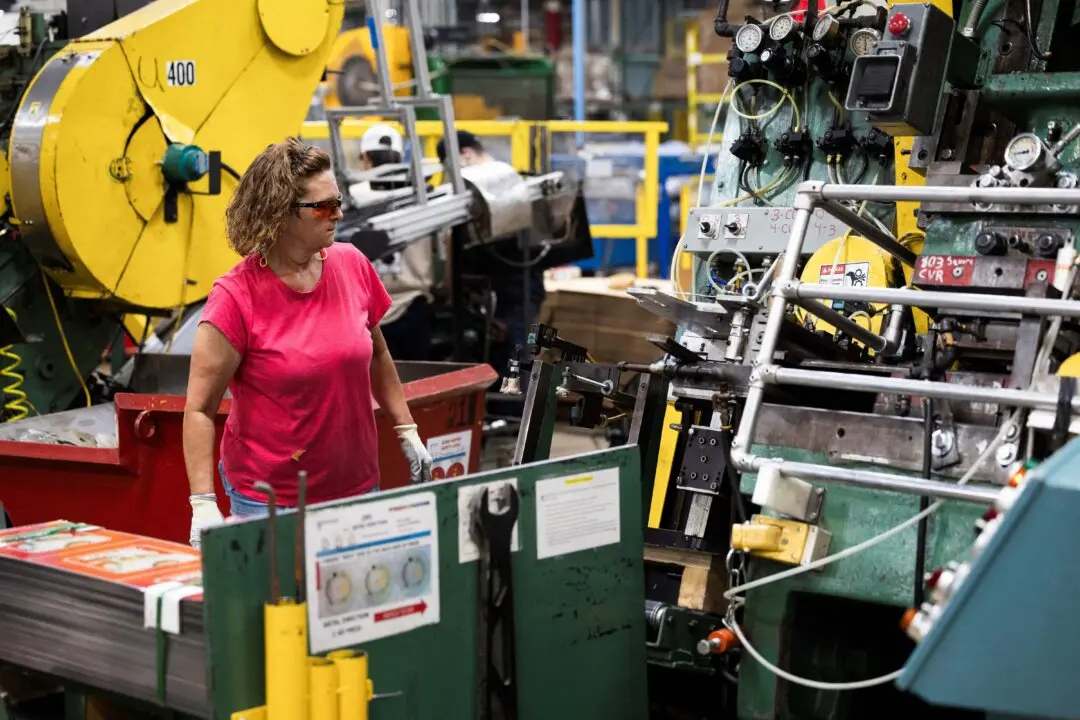The Federal Reserve doesn’t believe inflation pressures are easing, according to minutes from this month’s Federal Open Market Committee’s (FOMC) policy meeting.
Meeting participants noted that inflation risks were “skewed to the upside,” saying that “a persistent reduction in inflation could require a greater-than-assumed amount of tightening in financial conditions.”





